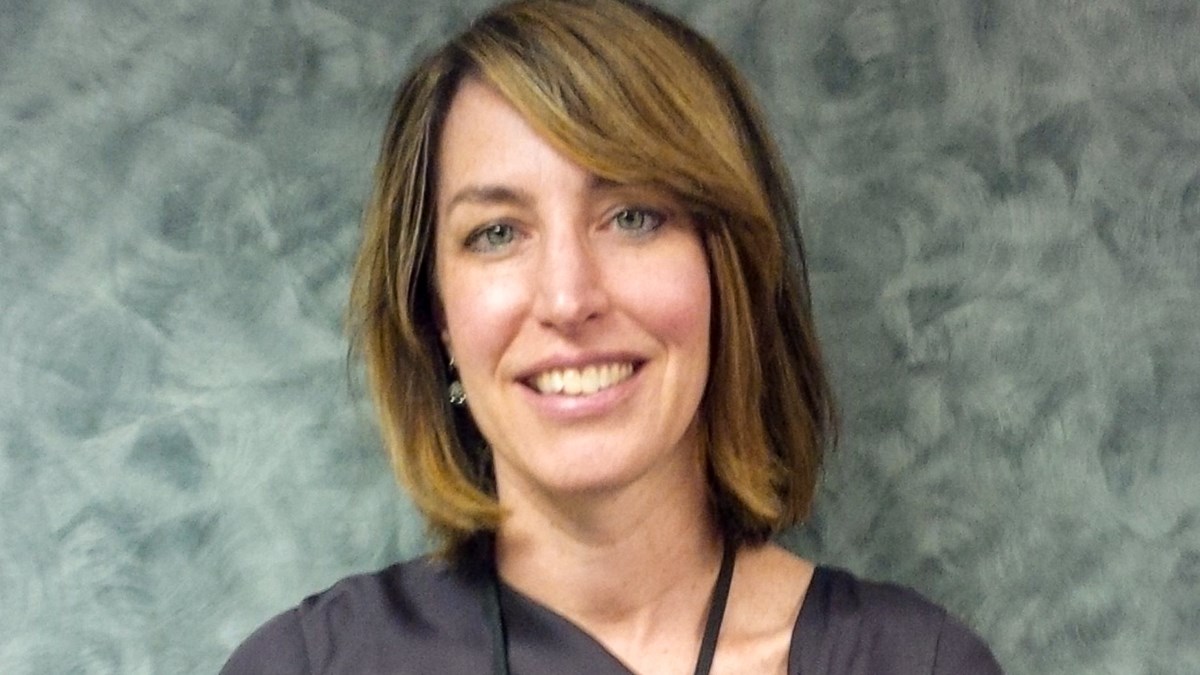Kristin Cummings
Honorary:, MD, MPH

I chose to train in Occupational Medicine at WVU because of the unique experiences the program offered.
Kristin Cummings, MD, MPH, received her undergraduate degree from Harvard University, and public health and medical degrees from Johns Hopkins University. She trained in Internal Medicine at Stanford University and Occupational Medicine at West Virginia University and is certified by the American Board of Internal Medicine and the American Board of Preventive Medicine. In 2005, she joined CDC as an epidemic intelligence service officer assigned to the National Institute for Occupational Safety and Health (NIOSH) in Morgantown, West Virginia, later serving as Medical Officer and Field Studies Branch Chief in NIOSH’s Respiratory Health Division. She is currently a public health medical officer and chief of the Hazard Evaluation System and Information Service at the California Department of Public Health.
Why did you choose WVU for your public health education?
I chose to train in Occupational Medicine at WVU because of the unique experiences the program offered, including opportunities to visit an active coal mine, participate in a migrant farm worker rotation, and conduct research at the nearby National Institute for Occupational Safety and Health (NIOSH) facility.
How did WVU prepare you to be a public health professional?
WVU provided me with the foundation for a career in occupational public health. The lessons I learned in the residency's clinical, preventive and workplace safety programs have been critical to my ability to evaluate and mitigate workplace hazards and recognize emerging occupational illnesses.
Briefly describe your current role as a public health practitioner.
I am a public health medical officer and chief of the Hazard Evaluation System and Information Service (HESIS) in the California Department of Public Health. I oversee a team that investigates new and unrecognized workplace hazards, conducts chemical hazard tracking for early warning and works to prevent illness and disease on the job.
What advice would you give today’s Public Health students?
I would encourage today's Public Health students to get involved in service and research beyond the classroom. Be open to new experiences and take advantage of opportunities outside of your comfort zone!
What does public health mean to you?
As a physician, I think of public health as caring for a group of people rather than an individual patient. In occupational public health, we care for the workforce by promoting safe and healthful working conditions.